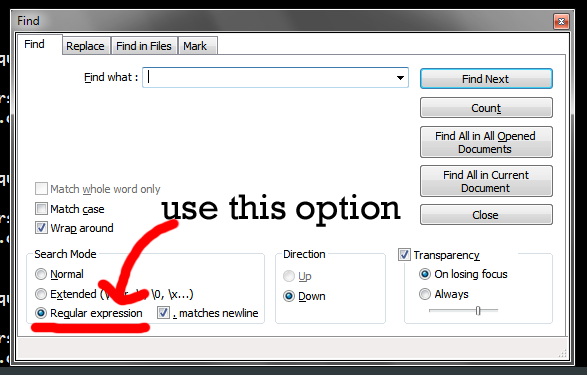

Besides syntax highlighting, Notepad++ has many additional features that are especially very useful to programmers. Notepad++ supports for their syntax highlighting (customizable), syntax folding, auto-completion, function list. NPP uses pure Win32 API and STL ( Standard C++ Library ) which ensures a higher execution speed and smaller program size by optimizing as many routines as possible without losing user-friendliness. Notepad++ Based is based on the powerful editing component Scintilla and is written in C++. Notepad++ Features helpful for Python coding Now a day, developers are choosing Notepad++ for structuring their application, as it is lightweight, multi-language (almost 80 Programming Languages) support and highly flexible, compared to other editors.

Working with two versions of Python on the same machine using Notepad++Ĭompared to IDLE, NPP is preferred by the programming community because of its super-cool features.Create a keyboard shortcut to run any Python code.Configuring Notepad++ for executing Python code.Downloading and Installing Notepad++ on windows.

Search within the same file and in many files.Clone document – edit at two places simultaneously.Notepad++ Features helpful for Python coding.Inputting number from the console and finding its squareĬode: print("Enter number to find the square:") In the next line, when we are printing the variable, we actually see that the input provided by us is actually printed in the console. When we provide the input and press the Enter button, then that value gets stored in the variable named string1. After we press the Enter button, we are instructed to provide our input by the show of a blank input box with a cursor blinking. In the first line, we used the input() function to take input from the user and store it in the variable named string1. Here are the following examples mention below: Example #1 Now let us see some examples and discuss how to use input() to accept data from users for different scenarios. Now let us have a look at the syntax of input() Later we will look at such an example where if we do not typecast the data, it will result in an error. It needs to explicitly typecast to the desired format before use. No matter what data type the user intended their data to be, it gets stored as a string only. After that, the user’s value input is stored in some variable in the form of a string. When we use the input() function in our program, the flow of execution is halted till the user inputs the data and clicks the Enter button. In this article, we would discuss input() as it is used in recent versions of Python. Raw_input was used in older versions of Python, and it got replaced by input() in recent Python versions. Both basically do the same task, the only difference being the version of Python, which supports the two functions.


 0 kommentar(er)
0 kommentar(er)
